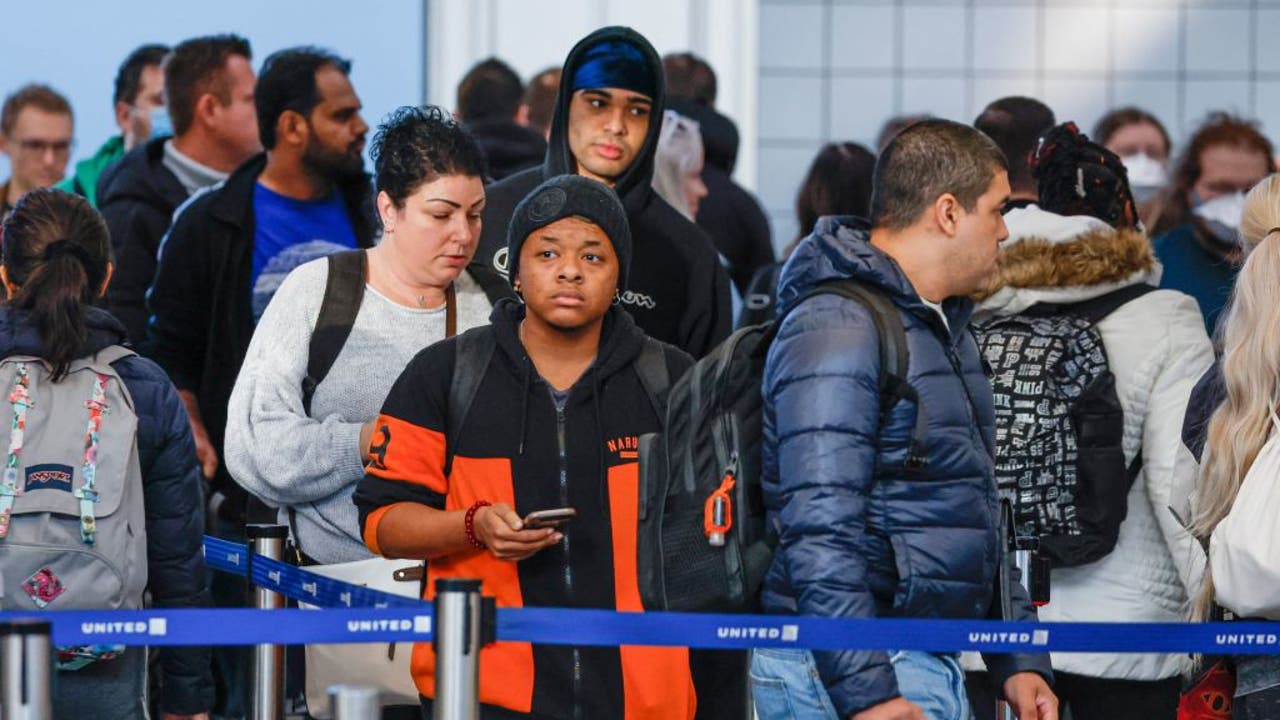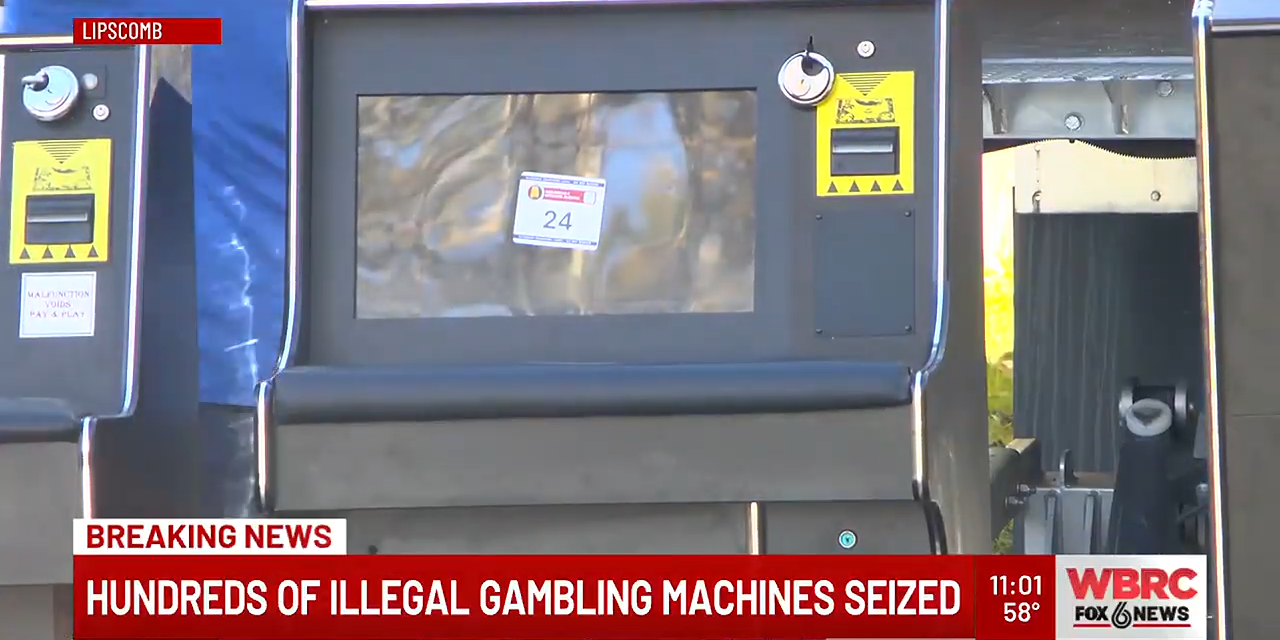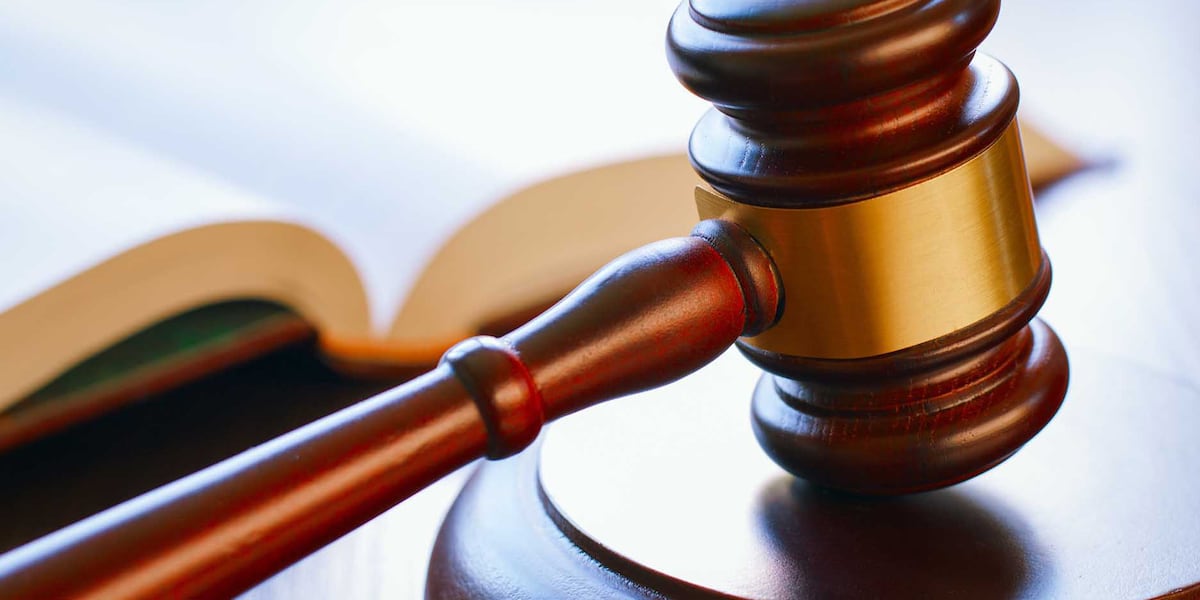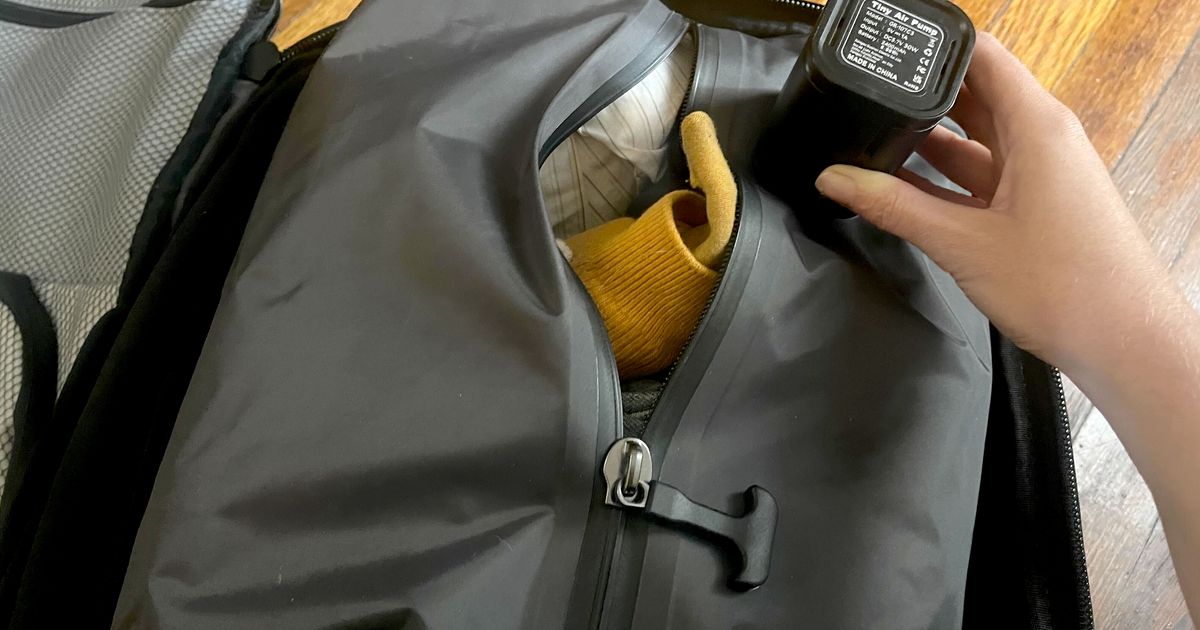World
Indigenous people and NGO grow a wildlife corridor in the world’s oldest rainforest

- Environmental charity Climate Force is collaborating with the Eastern Kuku Yalanji people and rangers to create a wildlife corridor that runs between two UNESCO World Heritage Sites in Australia: the Daintree Rainforest and the Great Barrier Reef.
- Wildlife habitats in this region have become fragmented due to industrial agriculture, and a forested corridor is expected to help protect biodiversity by allowing animals to forage for food and connect different populations for mating and migration.
- The project aims to plant 360,000 trees over an area of 213 hectares (526 acres); so far, it has planted 25,000 trees of 180 species on the land and in the nursery, which can also feed a range of native wildlife.
- The project is ambitious and organizers say they’re hopeful about it, but challenges remain, including soil regeneration and ensuring the planted trees aren’t killed off by feral pigs or flooding.
Indigenous ranger Jason Petersen remembers how he used to watch the world’s oldest rainforest in wonder as a child. When the rains arrived, they would wash the dust from the trees, revealing the lush colors of the forest. Now, as an adult, he says he hopes his son will experience the same awe as he plants a new wildlife corridor on this same land.
“I hope [our children] will be able to start seeing a positive change. Once the movement of the animals starts from up in the mountains and down into the riparian areas it will be immense,” Petersen says.
In Australia’s Cape Kimberley, environmental charity Climate Force is collaborating with the Eastern Kuku Yalanji people and rangers to create a corridor that runs between two UNESCO World Heritage Sites: the Daintree Rainforest and the Great Barrier Reef. To do this, they will need to plant 360,000 trees.
Wildlife habitats in this region have become fragmented. The area where this new forest will be planted is a 213-hectare (526-acre) plot of land that was cleared for cattle in the 1960s and then used as a commercial banana farm until the 1990s. It was choked with invasive Guinea grass and covered in abandoned farm machinery.
“For a good while now our Country [Indigenous land] has been bare,” Petersen told Mongabay.
The fragmentation of forests leads to a loss of diversity and decline in species. But strips of land that make up wildlife corridors can help connect wildlife populations. They ensure foraging for food, connecting different populations for mating and other migratory need, say conservationists. In December 2022, the U.N. biodiversity framework recognized ecological corridors as an important conservation measure alongside protected areas.
For the Daintree Rainforest, conservationists say a wildlife corridor will help protect endemic Bennett’s tree kangaroos (Dendrolagus bennettianus), spectacled flying foxes (Pteropus conspicillatus) and southern cassowaries (Casuarius casuarius), the closest living species to dinosaurs.
Conservationist Barney Swan, founder of Climate Force, raised $2.5 million to buy the abandoned farmland in 2021 and launch the Tropical ReGen project. Funds were also used to develop a digital twin of the forest, to support the reforestation project.
“A lot of the wildlife use this [wildlife corridor] as a highway and they haven’t been able to get through because of the grass and the fences,” Swan says. “If we get it right, it can support hundreds of thousands of acres of land [in the Daintree Rainforest] because it’s so significant.”

Regenerating an ancient corridor
The 180-million-year-old Daintree Rainforest is part of the Eastern Kuku Yalani people’s ancestral lands, handed back to them by the Australian government in 2021. The Eastern Kuku Yalanji people have been involved with the Tropical ReGen project since the beginning and continue to guide the Climate Force team on what trees to plant to help replenish the rainforest. Elders underlined the importance of planting red cedars (Toona ciliata), known as birthing trees. For centuries, birthing trees were used by Aboriginal women as a place to shelter and give birth.
“Elders talked about when the area was first colonized and [they] were forced to do most of the deforestation [for income],” says Crag Carttling, tourism facilitator of the Jabalbina Yalanji Aboriginal Corporation, which manages and protects the Daintree Rainforest.
“This included cutting down the birthing trees. A lot of the red cedar, which were called ‘red gold’ from the price they could fetch, were birthing trees of elders who had passed, and those trees were considered to be family.”
The Indigenous rangers from the Jabalbina Yalanji Aboriginal Corporation also took the Tropical ReGen team of conservationists, farmers and international volunteers on walks through the forest to collect native seeds.
The Tropical ReGen team members had to spend a month clearing trash and removing fences from the former banana farm and turning an old greenhouse on the land into a working plant nursery. They also installed water and solar power for their research center.
But before they could start planting the trees, they also needed to regenerate the soil on the land. “Transition from a bacteria-based grass system to a fungi-rich forest system is hard. It takes mulch, it takes organic decay,” Swan says.

Now, three years later, with the help of more than 300 volunteers, they have 25,000 trees from 180 species growing, including red cedar, Noah’s walnut (Endiandra microneura) and black palm (Normanbya normanbyi), which can feed cockatoos and cassowaries. Of these trees, over 10,765 are planted and the rest are growing in the nursery.
Nigel Tucker, a restoration ecologist based in Queensland state, where Daintree is located, and who isn’t associated with the project, agrees that the black palm and other trees to feed cassowaries are important to plant. After eating the fruit, the cassowaries can disperse large seeds that other animals aren’t capable of moving, he says, thereby helping propagate the forest.
But he says it’s also important to plant trees that can attract multiple animals, such as the blue quandong (Elaeocarpus grandis). The fruits from this tree are eaten by cassowaries as well as spectacled flying foxes, fawn-footed melomys (Melomys cervinipes) and musky rat-kangaroos (Hypsiprymnodon moschatus).
“High-value fruit crops will attract a lot of birds and animals into the area. They will bring with them the seeds from the adjacent forest that add to the diversity you could never hope to plant yourself,” Tucker says.
While cassowaries may live in the rainforest, they also search for food in mangroves and along beaches. As they roam, they leave behind the seeds of what they’ve eaten. Conservationists say they hope the wildlife corridor between the Daintree Rainforest and Great Barrier Reef will encourage them to do this even more.

Ambitious and challenging
At 213 hectares, about two-thirds the size of New York City’s Central Park, the Tropical ReGen project is a huge wildlife corridor, says James Watson, professor of conservation science at the University of Queensland, who isn’t involved in the project. While ambitious, this also comes with challenges, he says.
“You’ve got to make sure it functions like [the] ecosystem it used to be,” Watson says. “Great that it’s ambitious, but they have to have the budget and the time to make sure the trees make it.”
Much of the funding for the project comes from selling trees and donations, and a continued stream of this income is needed to complete the project and expand the nursery. At the moment, individuals and corporations are paying A$100 ($66) to have a native tree planted on their behalf. In the last three years, the project has raised more than A$6.5 million ($4.3 million). Sources didn’t say how much more is needed to complete the project.
Tropical ReGen’s progress can be tracked with the help of its digital twin software and geotagged trees. Those who buy a tree can see what species it is, where it’s planted, and monitor its growth.
The software also helps organizers by showing them which trees have been successful and which have failed. It revealed that 50% of their trees that had died were killed by feral pigs. “The mulch that we place around the trees brings in the grubs and the pigs have a buffet,” Swan says.
In December 2023, northern Queensland also experienced its worst flooding in modern history. “We had 3 meters [10 feet] of rain in a week, so all of our water intakes got smashed,” Swan says.
He adds they’ll know if they’ve successfully regenerated the land in five years’ time if the trees reach canopy closure and the weeds stop growing. “That will be a huge moment. We will have then created a blueprint on what it took to do it,” Swan says.
To make the project a success, Indigenous rangers and the Climate Force team say they’re working closely together on planting days. Some of the trees grown in Climate Force’s nursery sprouted from seeds that the organization and rangers collected together.
“They shared what mulch to use and which trees can grow quickly to create a canopy, and that only comes from experience,” Petersen says.
This wasn’t a skill needed before in an untouched rainforest, he says. “[The advice] is coming from Climate Force and not our elders as our elders didn’t do broad-scale planting,” Petersen says.
Carttling of the Jabalbina Yalanji Aboriginal Corporation says it’s still too early to determine the success of the project, but expresses admiration for the strides they’ve made so far. “They are the first group to do rainforest restoration organically without using pesticides and leading the way in terms of transparency using lidar and blockchain reporting.”
Tropical ReGen is now sharing its software and progress with researchers at James Cook University and plans to work with universities in Southeast Asia.
“Nature is already good at healing,” Swan says. “But what would take 2,000 years, we can do in 100 years if we work well with it.”
Banner image: A rainbow lorikeet, one of the bird species that visits the rainforest. Image courtesy of Climate Force.
Reconnecting ‘island habitat’ with wild corridors in Brazil’s Atlantic Forest
Related Mongabay podcast episode: Reforestation done right, from Haiti to Honduras and Ho Chi Minh City. Listen here:
FEEDBACK: Use this form to send a message to the author of this post. If you want to post a public comment, you can do that at the bottom of the page.
















